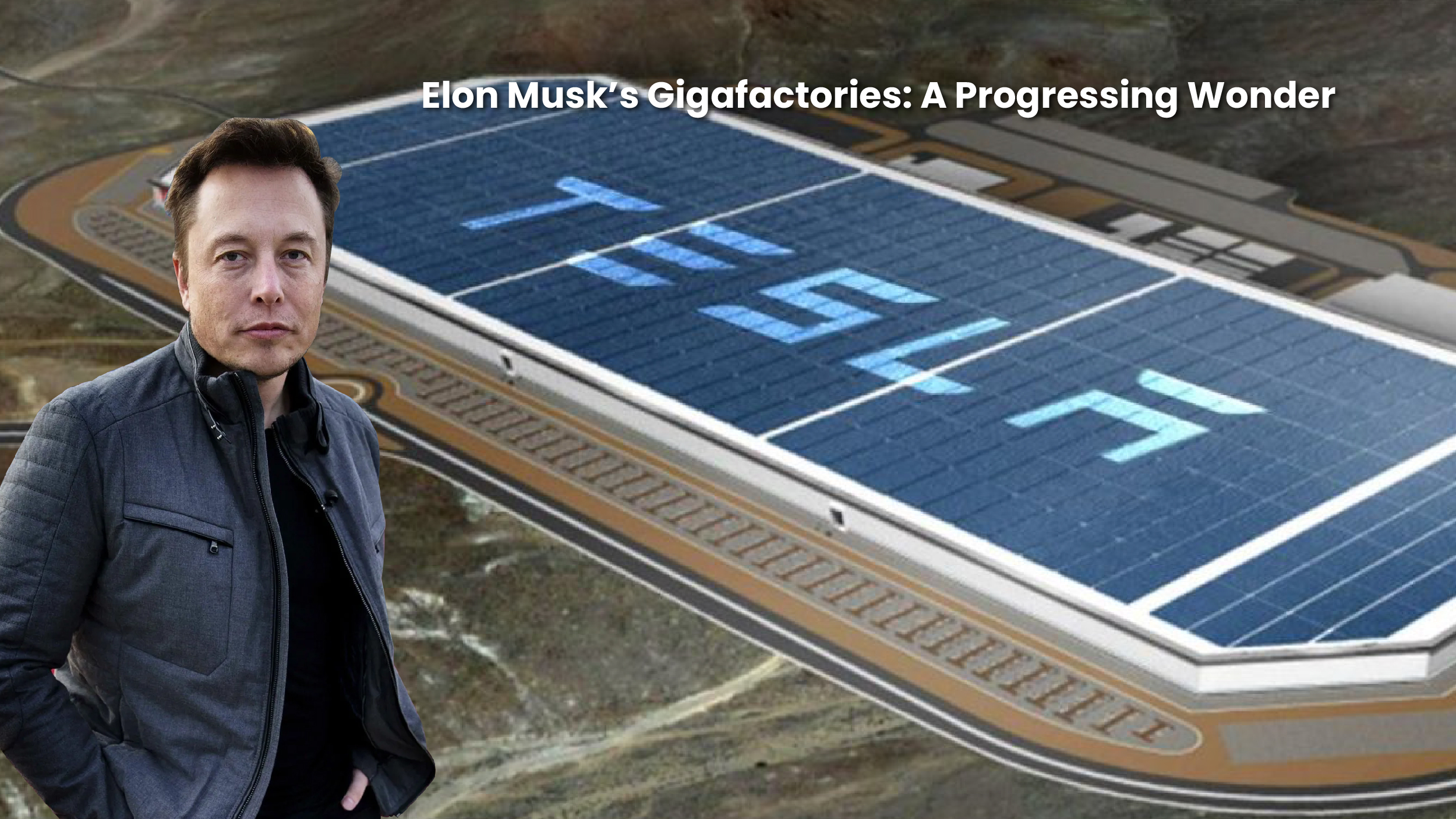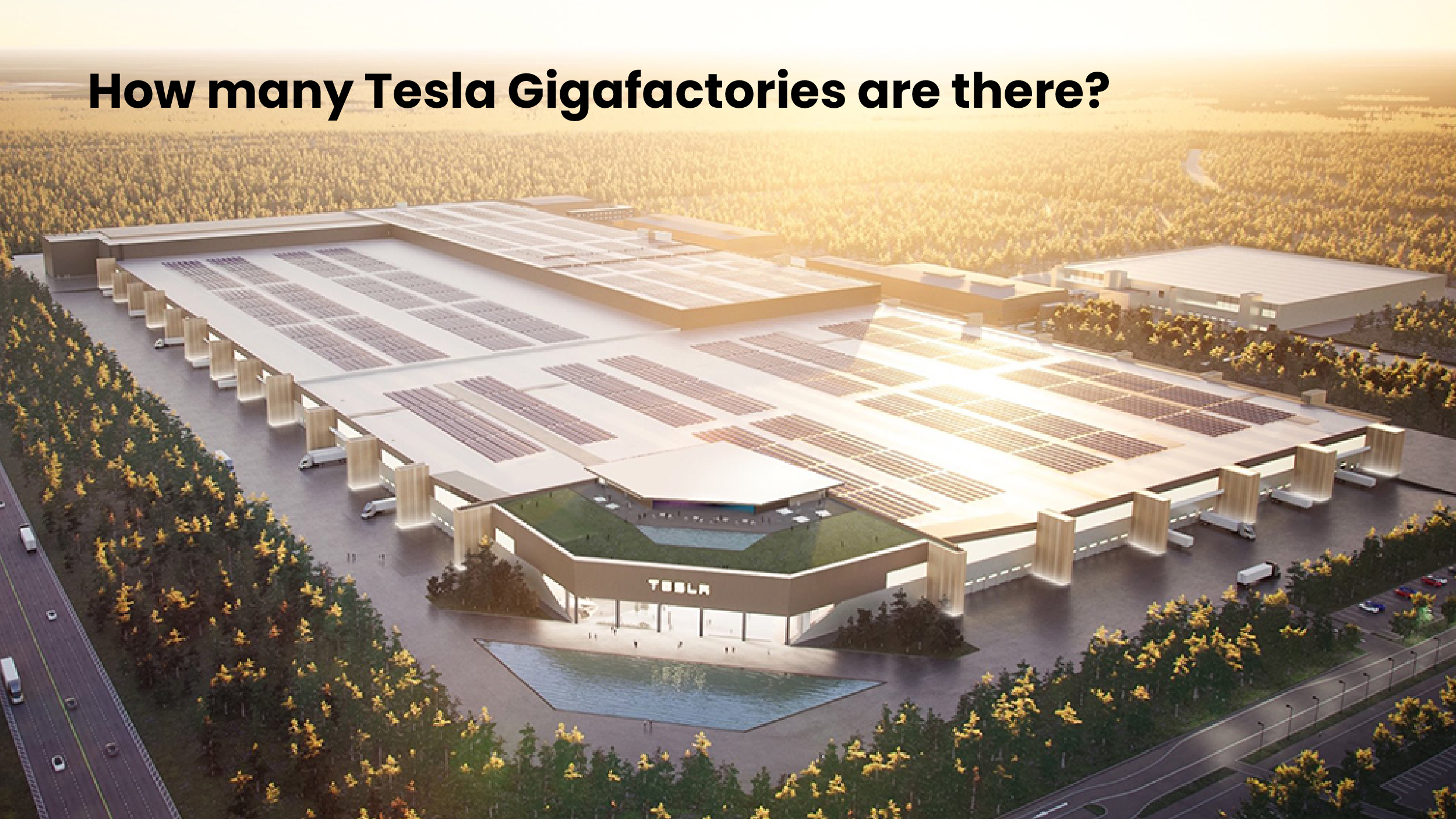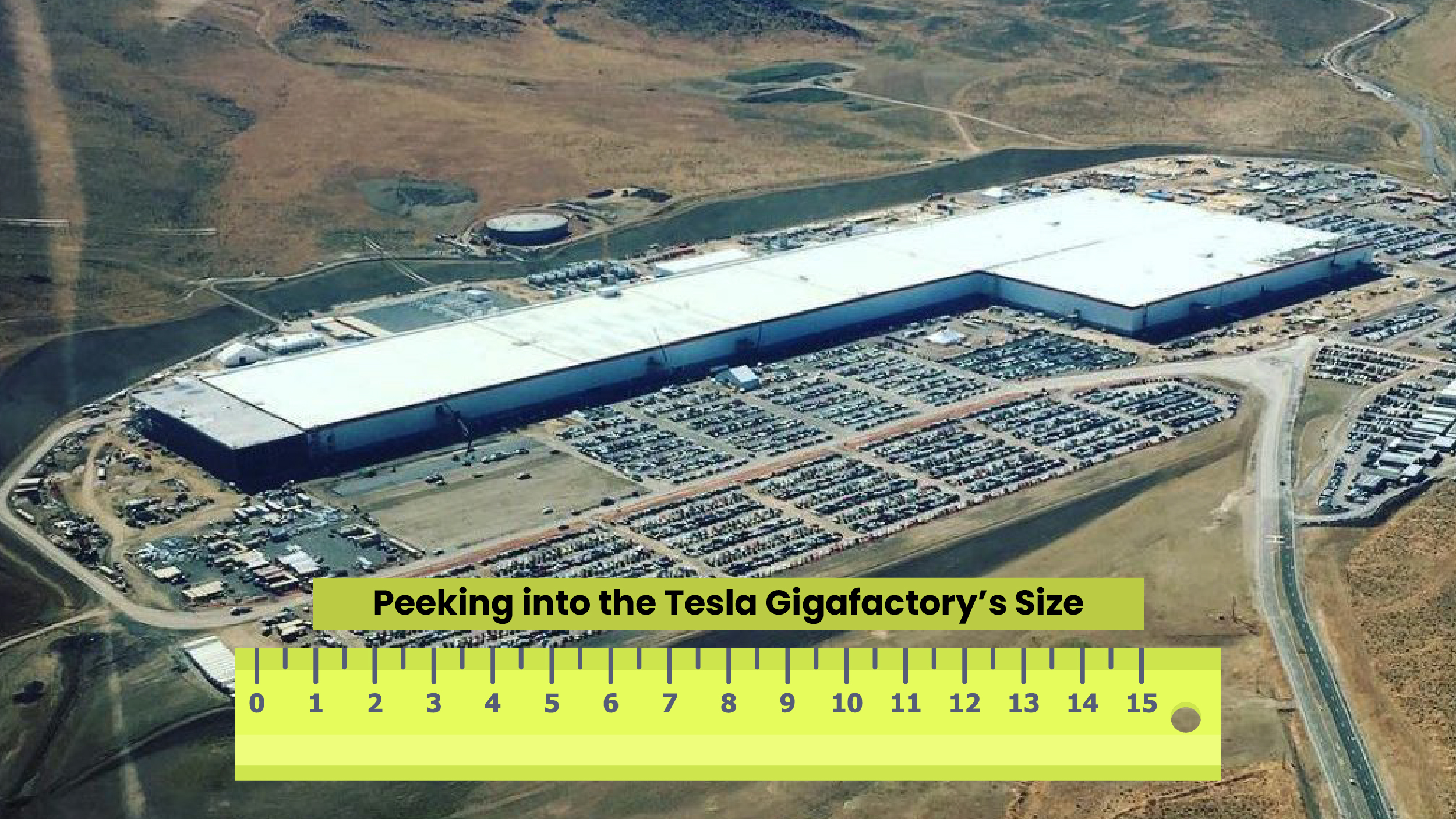What’s preventing Elon Musk’s Tesla gigafactory from producing 60% of the world’s lithium-ion batteries? This is the question that runs through everyone’s mind.
Elon Musk gigafactories, or “gigantic money furnaces,” as he calls them, are grabbing headlines with a whopping $775.7 million investment, laying the groundwork for the largest expansion since the construction of a $5.5 billion gigafactory in Germany in March 2022.
Additionally, according to the company’s filing report with the Texas state department of licensing, Tesla makers have plans to construct five new facilities in Austin, encompassing a cell test lab and a factory segment unit termed “Cathode.”
Tesla has appointed its China chief, Tom Zhu, to oversee the company’s assembly plants and sales operations in North America and Europe. According to a report by the local newspaper Reforma in December, Tesla may announce plans to construct a gigafactory in the northern Mexican state of Nuevo Leon with an investment of $800 million to $1 billion.
Tesla and its CEO, Elon Musk, became well-known in the industry when they launched their flagship vehicle, the Model S, in 2012. The Model S received widespread praise from automotive critics and a near-perfect rating of 99 out of 100 from Consumer Reports, which also named it “the best car ever tested.” This aided in establishing the Model S of Tesla cars as a prominent electric car on the market.
In September 2014, it set a record for most units sold in the US in a single month with 2,500 units sold. And in 2015, it reached a new high of 10,030 units being sold globally. As of March 4, 2022, Tesla’s market value was $909.6 billion with Elon musk gigafactory size rapidly finding roots for expansion.
Also Read: Top 5 Trends Shaping The Future of AR Technology
Elon Musk’s Gigafactories: A Progressing Wonder
Before going any further, the first question that pops up in your mind is, “What is a gigafactory?” Well, we have the answer for it here.
Tesla coined the term “gigafactory” with the vision of creating battery production facilities that would yield an astronomical amount of energy, measured in billions of watt-hours annually. The first of its kind opened in Nevada in 2016, but as Tesla’s operations expanded, the company decided to use the name for other facilities, irrespective of their battery production capabilities.

The automaker’s original home base in California, where it still assembles its cars, was not deemed a Gigafactory as the term came into existence after the plant was established.
How many Tesla Gigafactories are there?
There were five Gigafactories operated by Tesla. Three of them are located in the United States: Giga Nevada, Giga New York, and Giga Texas. Giga Nevada produces battery packs and energy-storage products, while Giga New York in Buffalo manufactures Powerpack batteries, solar panels, and parts for Supercharger stations.

Giga Texas, which is Tesla’s new headquarters and assembly site, produces Model Ys and plans to assemble Model 3s, Cyber Trucks, and Semis. The two overseas facilities in China and Germany both produce Model Ys. Gigafactory Shanghai also manufactures Model 3s. Giga Berlin plans to add batteries and powertrains to its production list. Additionally a new project is coming up in Nevada.
Peeking into the Tesla Gigafactory’s Size
All of Elon Musk’s gigafactory size is humongous, with even the smallest, Giga New York, spread across 88 acres and featuring 1.2 million square feet of workspace. The original Gigafactory in Nevada, which spans 1.9 million square feet of land and has 5.3 million square feet of operational space, produces about 35 gigawatt-hours of battery capacity per year.
Giga Texas, Tesla gigafactory size is so massive that it is deemed as one of the largest buildings in the world, spans over 10 million square feet of factory floor and will play a significant role in Tesla’s goal of producing 2 million vehicles next year. The Giga Berlin, sitting on 740 acres, is expected to produce 500,000 vehicles and 50 gigawatt-hours of battery capacity a year.

Tesla’s 210-acre Shanghai location currently produces about 450,000 vehicles annually. Other car manufacturers, such as Mercedes-Benz and Volkswagen, are also building battery production plants, with Volkswagen announcing plans to build six in Europe by 2030.
Tesla has announced it will invest $3.6 billion to expand its existing gigafactory size in Nevada by building two new production facilities. The capital investment in Nevada replicates the company’s initial investment of $3.5 billion in 2014 gigafactory in Sparks. As of now, Tesla has invested a total of $6.2 billion in the state of Nevada. Thus, this Tesla Giga factory size includes the construction of a 5.4-million-square-foot facility, which has produced 3.6 million drive units, 1.5 million battery packs, and 7.3 billion battery cells, as per Tesla’s statement.
The new factories will include a 100-gigawatt-hour battery cell factory and Tesla’s first high-volume Semi truck factory. The new facilities, which will take up a combined 4 million square feet of space, will be located east of Sparks at the Tahoe-Reno Industrial Center, and will expand on Tesla’s existing gigafactory, which is currently home to Model 3 electric motors and battery packs, as well as Tesla’s energy storage products, Powerwall and Powerpack. The new cell factory will produce Tesla’s 4680-type cylindrical lithium-ion battery cells, with the capacity to produce enough batteries for 2 million light-duty vehicles annually. These factories are expected to add 3,000 jobs to the region, however, Tesla did not provide a timeline for when it intends to begin construction or production.
Redefining The Future of Tesla Gigafactory
In a short period of time, Tesla has transformed from a small, niche EV conversion company to a major player in the automotive industry, popularizing electric power and becoming a top seller in various countries, while also forcing established car manufacturers to compete with them.
Tesla aims to develop sustainable, massively scalable, eco friendly systems. With over 25,000 Tesla supercharging stations worldwide, Tesla cars facilitate traveling for 200 miles with just 15 minutes of charging.
Tesla is planning on rolling out long-haul semi trucks that will run on electric power. The project aids in eliminating emission rigs, and the prices range between $150,000 and $180,000 depending on the specification. It will be capable of delivering up to 500 miles because of its 4680 battery cells, which are rechargeable within 30 minutes. The interesting facts about Semi are that it can travel 96 km/h in 20 seconds while hauling 36,290 kg.
Another interesting vehicle to watch out for is the launch of Full Self-Driving (FSD), which is destined to attract more clients owing to its safety measures. Tesla’s Fully Self-Driving (FSD) system is the most advanced of its autonomous technologies, surpassing the standard Autopilot system included on all vehicles and the Enhanced Autopilot option, which includes features such as self-parking and lane changing, and Smart Summon for an additional cost of $6,000. The cost for FSD has risen over time and is currently at $15,000 or can be accessed with a monthly subscription.
The most anticipated American vehicle is the Cybertruck, which was announced in 2019 and was originally scheduled to be released in late 2021. The vehicle’s final deployment, however, has not yet been made public. The Tesla Model S and Model 2 baby EV are some of the other pivotal innovations to watch out for.




